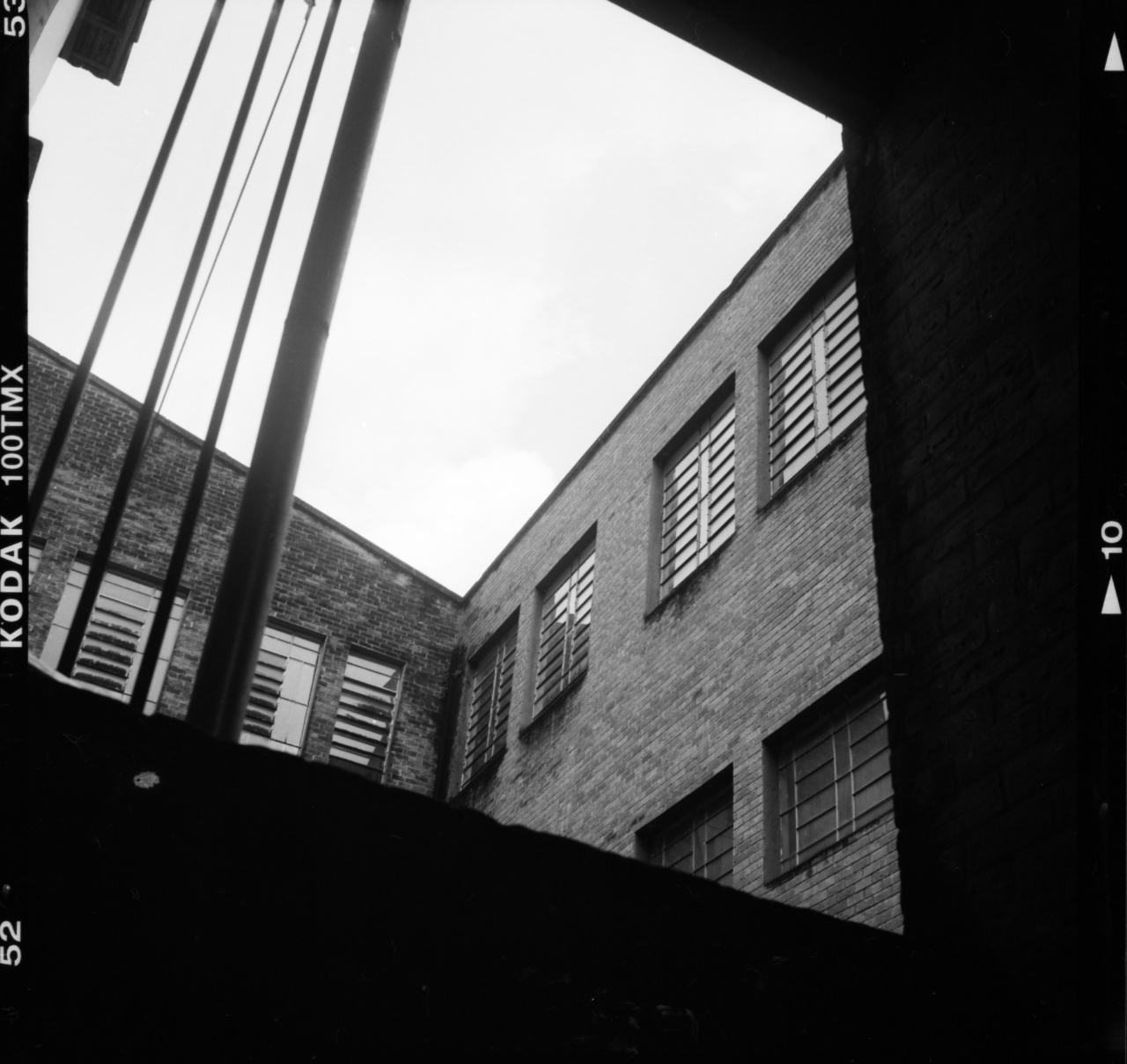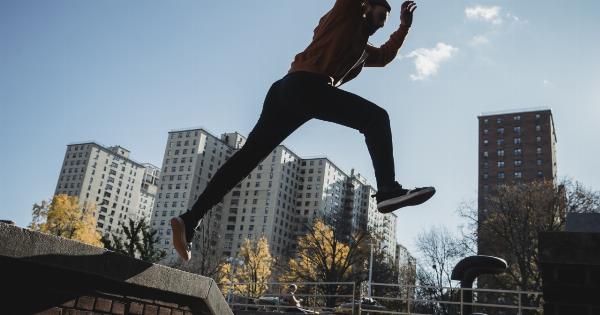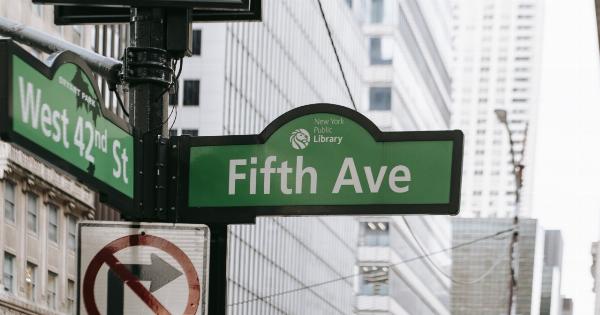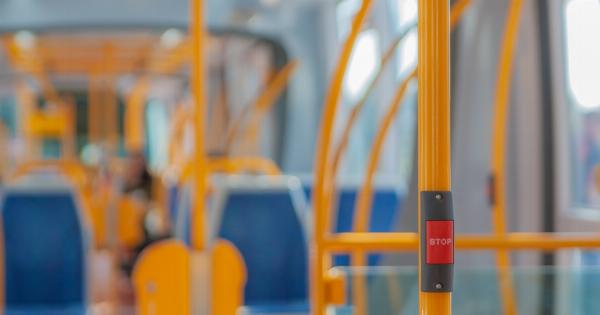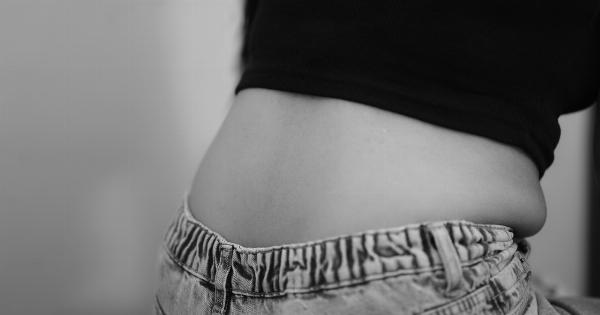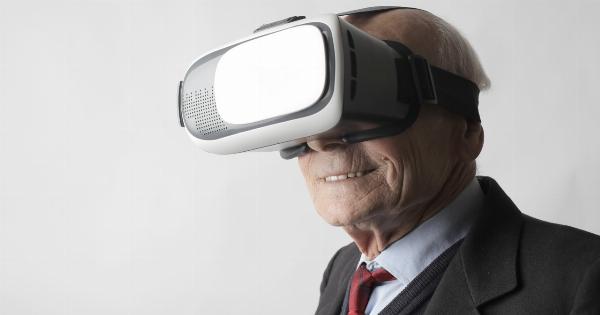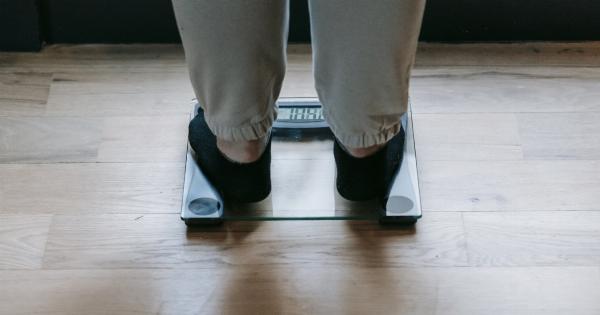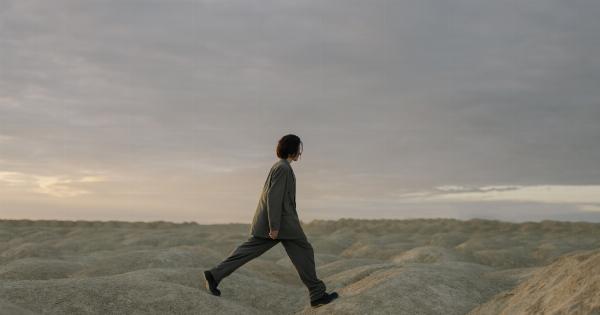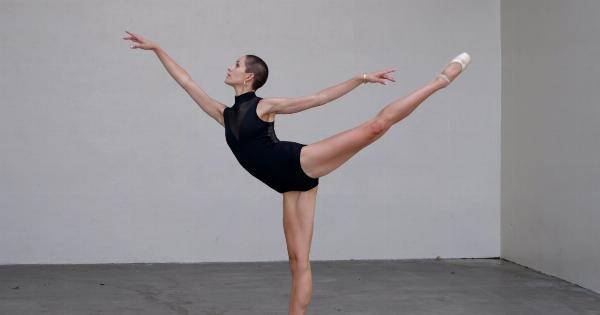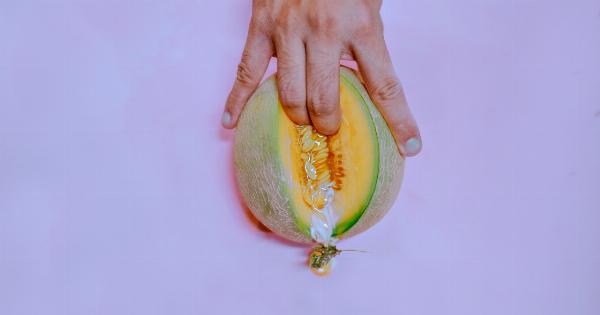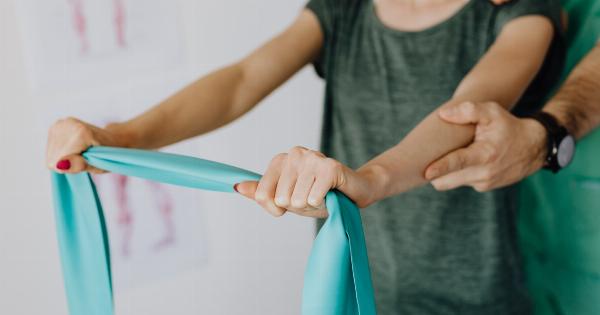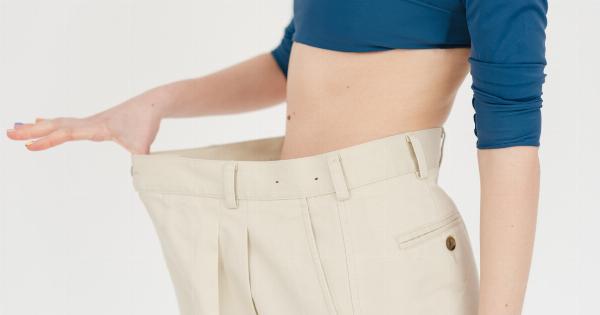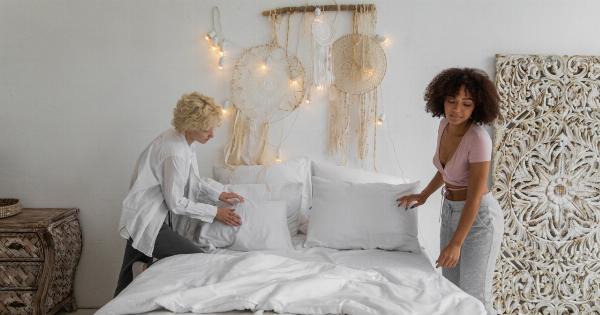Urinary incontinence is a common issue that affects people of all age groups. It is a condition where a person loses control over their bladder and experiences leakage or involuntary release of urine.
Several techniques have been developed over the years to help manage this condition and improve the quality of life for those affected. One such technique is using picture techniques, which are found to be effective in managing urine antia.
What is Urine Antia?
Urine antia refers to incontinence that occurs during physical activities such as sneezing, coughing, laughing, or exercising. It is caused by weakened pelvic floor muscles, which are responsible for supporting the bladder and urethra.
As a result, leakage occurs during activities that put pressure on the pelvic region.
How Picture Techniques Can Help?
Picture techniques involve visualizing the pelvic floor muscles to improve their strength and control. The techniques aim to educate the individual on how to properly contract and relax the pelvic floor muscles to prevent urine leakage.
By using simple visuals, individuals can better understand and engage with their pelvic floor muscles to improve their control over urine antia.
The Butterfly Technique
The butterfly technique is one popular picture technique used to manage urine antia. To perform this technique:.
- Imagine a butterfly sitting on your perineum (the area between your genitals and anus)
- Visualize the butterfly’s wings lifting as you inhale
- Visualize the butterfly’s wings closing as you exhale
- Perform this visualization while simultaneously contracting your pelvic floor muscles
Practicing this technique regularly can help improve pelvic floor muscle strength and control, leading to better management of urine antia.
The Elevator Technique
The elevator technique is another picture technique that involves visualizing the pelvic floor muscles as an elevator. To perform this technique:.
- Visualize the pelvic floor muscles as an elevator that travels between the genitals and anus
- As you inhale, visualize the elevator traveling up to the top floor (the pelvic floor muscles are contracting)
- As you exhale, visualize the elevator traveling down to the ground floor (the pelvic floor muscles are relaxed)
This technique is effective in improving muscle control and can help individuals manage urine antia.
The Clock Technique
The clock technique involves visualizing the pelvic floor muscles as a clock face. To perform this technique:.
- Visualize the pelvic floor muscles as a clock face
- Imagine the clock face starting at the 12 o’clock position and moving clockwise
- As you inhale, visualize the clock moving to the 6 o’clock position (the pelvic floor muscles are contracting)
- As you exhale, visualize the clock moving to the 12 o’clock position (the pelvic floor muscles are relaxed)
Practicing this technique regularly can help improve muscle control and prevent urine antia.
The Squeeze-and-Lift Technique
The squeeze-and-lift technique involves visualizing the pelvic floor muscles as a tube of toothpaste. To perform this technique:.
- Visualize the pelvic floor muscles as a tube of toothpaste
- Imagine squeezing the tube of toothpaste from the bottom up (the pelvic floor muscles are contracting)
- Imagine lifting the toothpaste tube up towards the top (the pelvic floor muscles are lifting)
- Hold the squeeze-and-lift for a few seconds before releasing (the pelvic floor muscles are relaxing)
This technique is effective in improving muscle strength and control and can help individuals better manage urine antia.
The Balloon Technique
The balloon technique involves visualizing the pelvic floor muscles as a balloon. To perform this technique:.
- Imagine a balloon filling up with air in your pelvis (the pelvic floor muscles are relaxing)
- Visualize the balloon deflating and the air being released (the pelvic floor muscles are contracting)
- Repeat this visualization several times, coordinating it with your breathing
This technique is effective in improving pelvic floor muscle coordination and control and can help individuals better manage urine antia.
The Diamond Technique
The diamond technique involves visualizing the pelvic floor muscles as a diamond. To perform this technique:.
- Visualize the pelvic floor muscles as a diamond shape
- Imagine bringing the top point of the diamond towards the bottom point (the pelvic floor muscles are contracting)
- Relax the pelvic floor muscles and let the diamond shape widen again
Practicing this technique regularly can improve pelvic floor muscle control and strength and prevent urine antia.
The Pulsating Technique
The pulsating technique involves visualizing the pelvic floor muscles as a lightbulb. To perform this technique:.
- Visualize the pelvic floor muscles as a lightbulb
- Imagine turning the lightbulb on and off repeatedly, pulsating it (the pelvic floor muscles are contracting and relaxing repeatedly)
Practicing this technique regularly can improve pelvic floor muscle endurance and control and prevent urine antia.
The Hypopressive Technique
The hypopressive technique involves creating a vacuum in the abdominal area to strengthen the pelvic floor muscles. To perform this technique:.
- Take a deep breath and exhale all the air out
- Suck in your stomach, creating a vacuum in the abdominal area
- Hold this contraction for several seconds while simultaneously contracting your pelvic floor muscles
Practicing this technique regularly can improve pelvic floor muscle strength and control and prevent urine antia.
The Fire Hydrant Technique
The fire hydrant technique involves visualizing the pelvic floor muscles as fire hydrants. To perform this technique:.
- Visualize the pelvic floor muscles as fire hydrants
- Imagine lifting the fire hydrants as you contract your pelvic floor muscles
- Lower the fire hydrants as you relax your pelvic floor muscles
Practicing this technique regularly can improve pelvic floor muscle coordination and control and prevent urine antia.
Conclusion
Urinary incontinence is a common condition that can significantly affect quality of life.
Several techniques have been developed to manage this condition, including picture techniques that involve visualizing the pelvic floor muscles to improve their strength and control. By incorporating these techniques into a daily routine, individuals can improve their muscle control and better manage urine antia.
